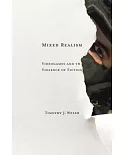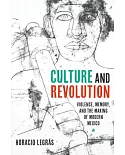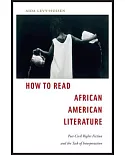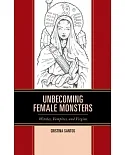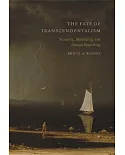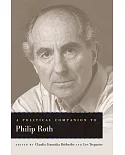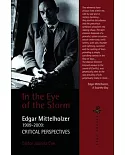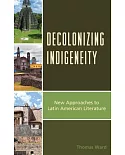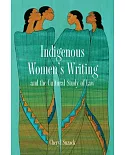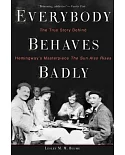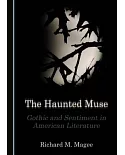More than 150 years ago, the first Chinese contract laborers ("coolies") arrived in Cuba to work the colonial plantations. Eventually, over 150,000 Chinese immigrated to the island, and their
presence has had a profound effect on all aspects of Cuban cultural production, from food to books to painting.
Ignacio L瞽pez-Calvo's interpretations often go against the grain of earlier research, refusing to conceive of Cuban identity either in terms of a bipolar black/white opposition or an idyllic
and harmonious process of miscegenation. He also counters traditional representations of chinos mambises, Chinese immigrants who fought for Cuba in the Wars of Independence against
Spain.
Imaging the Chinese in Cuban Literature and Culture fills a void in literary criticism, breaking new ground within the small field of Sino-Cuban studies. It is destined to set the tone
for years to come.


